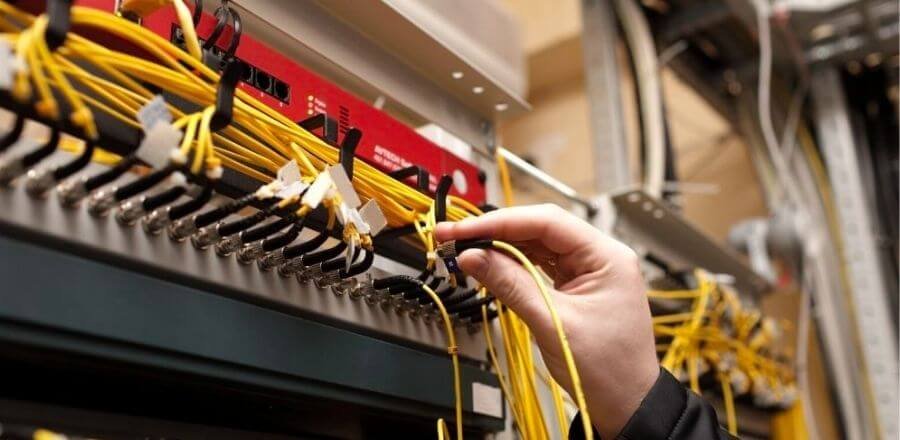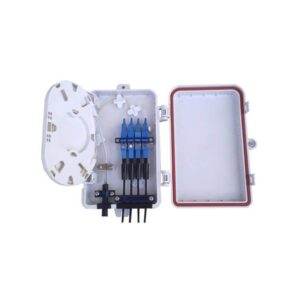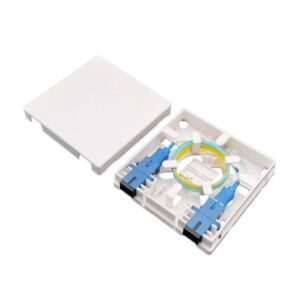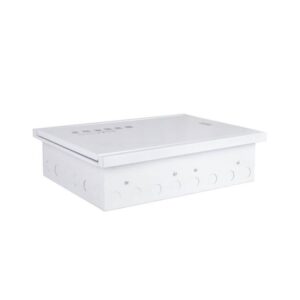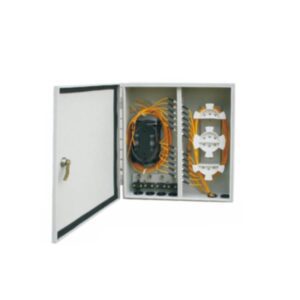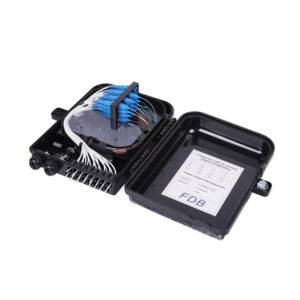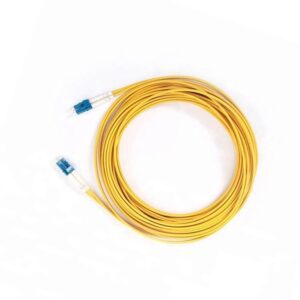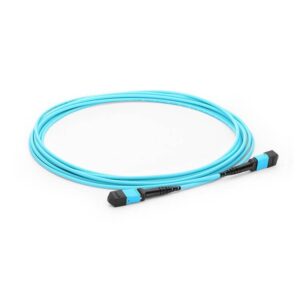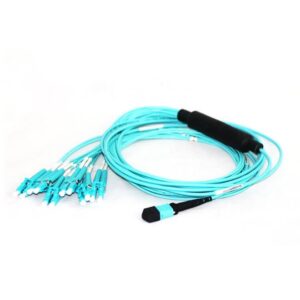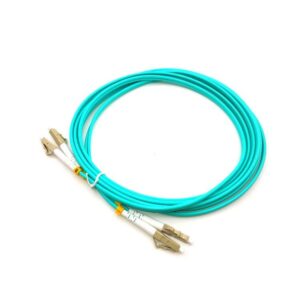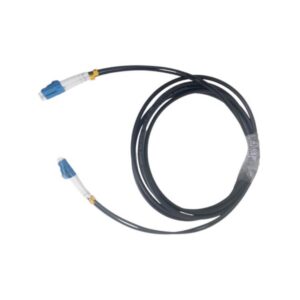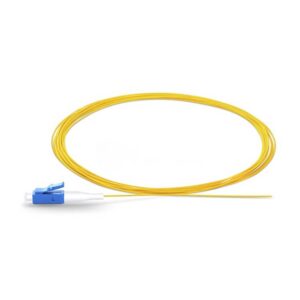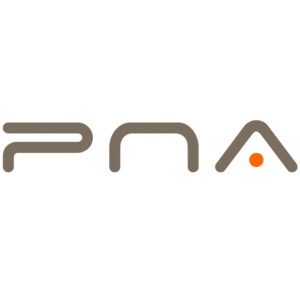During telecommunication projects, we are most exposed to fiber optic cable, which many of us are repeatedly concerned about the use of fiber optic distribution accessories such as fiber patch panels, couplers, terminal boxes, pigtails, and other equipment related. And we are gonna look together how to apply these common equipment and the difference in a fiber communication system.
Optical Distribution Frame
Fiber optic distribution frame (ODF) or ODF unit is mainly used for fiber optic communication systems in the termination and distribution of backbone fiber optic cable in the terminals. ODF can easily realize the fiber optic cable line connection, distribution, and scheduling.
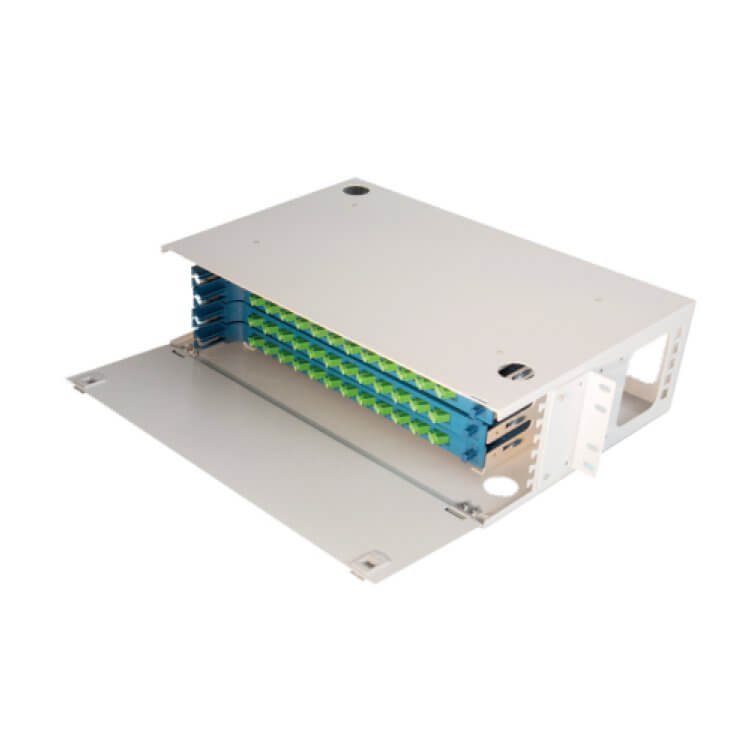

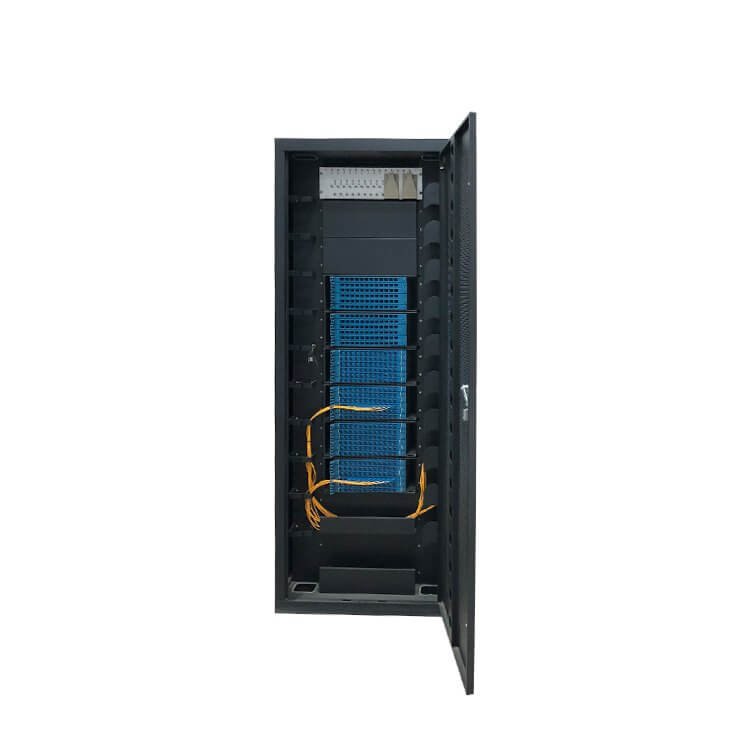

It is more beautiful than the fiber optic terminal box, outside is an iron frame, inside is an integrated fiber distribution tray, and fiber distribution tray is installed with fiber couplers and pigtails. According to the different interfaces, there are FC, ST, LC, SC fiber couplers and pigtails, etc. Pigtails can be bundled pigtails or made with fiber optic patch cords.
Types of fiber optic distribution frame are mainly 12-port ODF, 24-port ODF, 48-port ODF, 72-port ODF, 96-port ODF, 144-port ODF. And then a bigger one belongs to the category of cross-connection box.
ODF is mainly used for important server rooms, for it is beautiful and stable. Fiber optic terminal boxes are generally used in small monitoring rooms, weak current boxes, etc., as long as the link can be guaranteed smooth.
Fiber Optic Coupler
Fiber optic coupler is also known as fiber optic adapter, fiber optic flange. It is a removable (movable) connection between two fibers. It connects the two ends of both fibers precisely together so that the light energy output from the transmitting fiber can be coupled to the receiving fiber to the maximum, and make its intervention in the optical link and thus minimize the impact on the system.
What Does Fiber Optic Coupler Do?
- Converting the optical signal into an electrical signal
- Coupling the multimode signal into a single-mode signal
- Connecting the cross-section of two fiber optic connector
- Interconnecting the two groups of optical signals
Fiber optic coupler is generally used for fiber optic cable terminal and fiber optic distribution frame, and fiber optic cross-connection box. It is important to use a good fiber optic coupler to ensure that our fiber optic link loss is minimal, in order to make the optical communication equipment work properly when we do our communications or security projects.
Fiber Optic Terminal Box
Fiber optic terminal box is mainly used to protect the bare fiber and pigtail of fiber optic cable It is the end connector of fiber optic cable at one end and pigtail at the other end, which is equivalent to the protection device of splitting a fiber optic cable into a single fiber. The fiber optic terminal box is installed on the wall or cabinet rack, its function is to provide fusion splicing for optical fibers, fusion splicing of fiber optic and pigtail, and handover for optical connectors. It also provides mechanical protection and environmental protection for optical fiber and its components.
Fiber optic cable terminal box generally has 4 ports, 8 ports, 12 ports, 24 ports, 48 ports, etc. The types of ports are generally semi-circular port, square port, universal port, FC square port, and straight outlet. There are generally 4 types of fiber coupler (alias flange, adapter) FC, ST, SC, LC connectors installed on the terminal box.
The general desktop type cable terminal box has 4 ports, 8 ports. After the fusion is finished, the fiber termination box can be hung on the wall or put on the countertop or in the box directly.
Rack-type fiber terminal box has 12 ports, 24 ports, 48 ports. It can be installed in the fiber cabinet rack after the fusion is finished.
The inside of the fiber optic terminal box contains the fiber optic tray, cable inlet (fixed role), coupler installation port, cable wire fixing bolts, etc. For the terminal box with more fiber cores, the fiber optic tray can be stacked in multiple layers. For pigtails coming out of the terminal box directly, there is a pigtail outlet with a rubber piston to prevent iron cases from damaging the fiber pigtail.
Fiber pigtails used in fiber optic terminal boxes should be decided according to the communication equipment or fiber optic cable model, such as single-mode fiber optic cable, multimode fiber optic cable, multimode 10 Gigabit fiber optic cable (OM3), etc.
In short, fiber optic coupler, fiber optic pigtail, fiber optic patch cord, fiber optic cable, optical communication equipment used in the transmission medium should be consistent, in order to effectively transmit and receive the corresponding data signal at low loss.
Fiber Optic Patch Cable
Fiber optic patch cords (also known as fiber optic jumpers) are fiber optic cables pre-terminated with connector plugs at both ends and are used to achieve optical path activity connection. In multimode fiber, the diameter of the core is 50μm or 62.5μm, roughly the same as the thickness of a human hair. In contrast, the diameter of a single-mode fiber core is 9μm.
Fiber Optic Patch Cord Types
- FC fiber optic patch cord uses a metal sleeve as an external reinforcement method and fixation with a fastening screw. It is mostly used on the ODF connection.
- SC fiber patch cord, this kind of fiber optic patch cord connects GBIC optical modules. It has a rectangular housing, a plug and pin latch type fastening without rotation. Most application is on the router, switch, and transceiver.
- ST fiber optic patch cord is commonly used in ODF fiber optic distribution frames. It has round housing and screw fastening. For the 10 Base-Fx connection, the connectors are mostly ST interfaces. The ST fiber patch cord is commonly used in fiber optic patch panels.
- LC fiber patch cord connects SFP modules. It is made with an easy-to-operate modular jack (RJ) latching mechanism.
Generally, the single-mode fiber optic patch cords are represented by yellow, and the connectors and protective sleeves are blue. The distance of transmission for single mode patch cables is longer.
Multimode fiber optic patch cords are generally orange, some are gray, and connectors and protectors are beige or black. Its transmission distance is shorter.
Fiber Pigtail
It is also known as pigtail, there is only one end with a connector, while the other end is a fiber cable break. This open side of the fiber pigtail is connected to other fiber cores through fusion splicing. Fiber pigtails are often found in fiber optic terminal boxes. It is used to connect fiber optic cables and fiber optic transceivers.
Pigtails are also divided into multimode pigtails and single-mode pigtails. Multimode pigtail is orange, with a wavelength of 850nm, and a transmission distance of 500m, used for short-distance interconnection. The single-mode fiber pigtail is yellow, with two wavelengths, 1310nm, and 1550nm, and the transmission distance is 10km and 40km respectively.
What Is the Difference Between Pigtails and Patch Cords?
It should be noted that fiber optic pigtail and fiber patch cord is not the same. Fiber optic pigtail only has one end with the active connector, while fiber patch cord has both ends with active connectors. There are many kinds of interfaces, and different interfaces need different couplers, patch cord cut in two can also be used as a pigtail.

